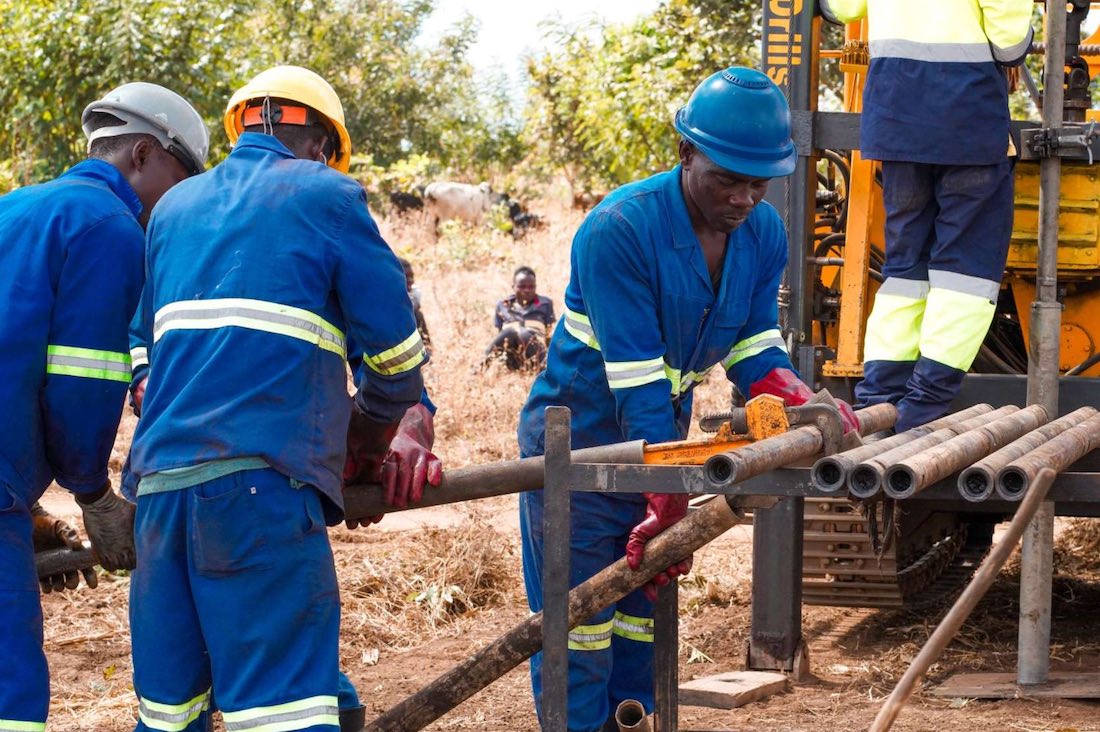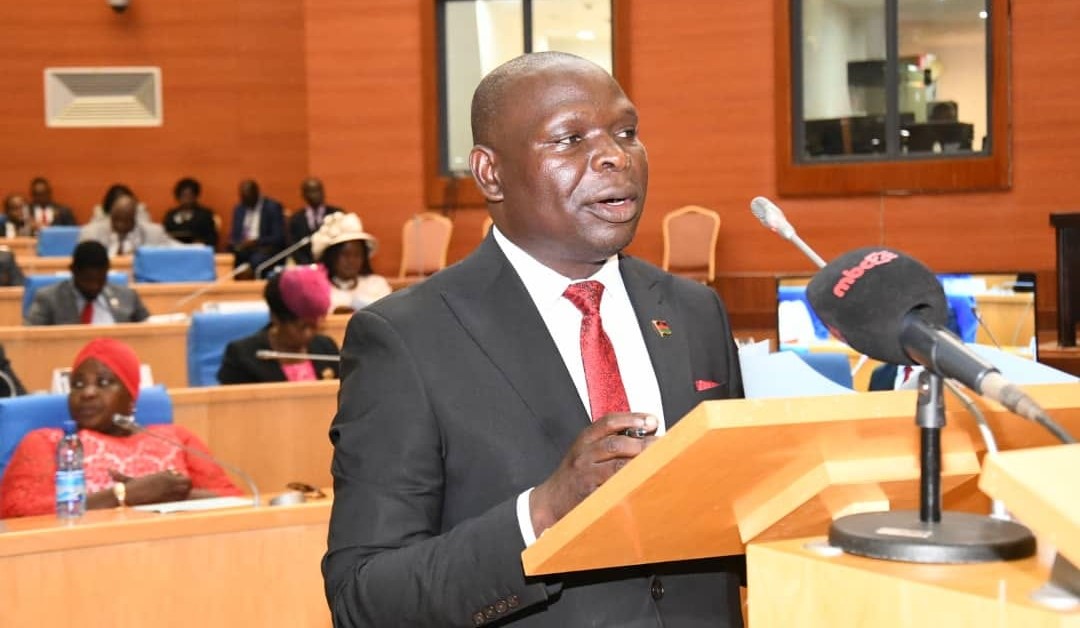‘GDP per capita falling, standard of living down’
The standard of living for most Malawians has continued to worsen in recent years, a situation analysts have attributed to the country’s mismatch between economic growth and rising population.
Published data from the World Bank shows that Malawi’s gross domestic product (GDP) per capita, a country’s economic output per person, has declined from $697.3 (about K722 402) in 2020 to $533.5 (about K552 706) this year.
The data also shows that the country’s population has grown from 19.4 million in 2020 to an estimated 20.9 million in 2023, representing an average growth rate of 2.6 percent.
During the review period, GDP growth has averaged 1.5 percent, according to the data.

At 1.5 percent, the economic growth is 4.5 percentage points below the recommended six percent development economists recommend as needed for a country to experience meaningful impact on poverty.
Speaking in an interview on Monday, economist Bond Mtembezeka said the declining GDP per capita is due to a faster growing population amid a falling GDP.
He said: “A falling GDP and rising population translates into declining welfare as the government is not able to raise enough resources to support a growing population and that has serious implications on our developing trajectory.”
On his part, development economist and former Reserve Bank of Malawi governor Dalitso Kabambe observed that while earnings are shrinking, commodity prices and the cost of living have both been soaring, worsening the suffering of the majority of Malawians.
The former governor, who is also aspiring for the Democratic Progressive Party presidency, said: “This will relegate more Malawians deep into the abyss of poverty with no hope.
“The country will fail to achieve the aspirations of the Malawi 2063 of becoming a middle income country by 2030.”
MW2063, the country’s long-term development strategy, proposes growth rates of not less than six percent annually to turn the country into a middle income economy by 2030.





